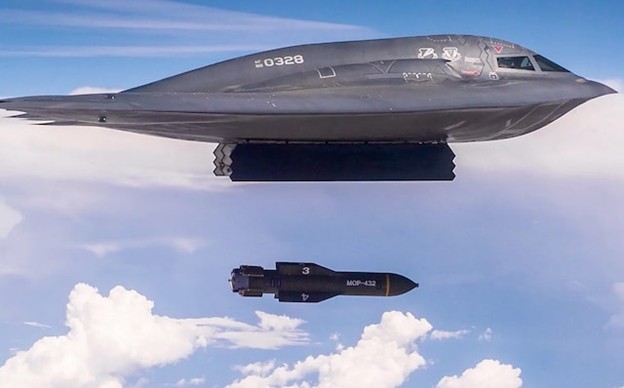
UPDATE: June 21, 2025 – U.S. has struck three nuclear sites in Iran, including Fordow, using B-2 bombers and probably GBU-57 bunker busters.
Israel has asked the U.S. for a few of its largest “bunker buster” bombs, as well as a bomber to carry them, in order to demolish a nuclear weapon development site in the Fordow region of Iran near the village of Qum. The bunker buster, in this case, is the 30,000 lb. GBU-57 and the bomber, the B-2 Spirit stealth bomber. That combination is the only way to demolish the Fordow site from the air, short of a nuclear strike — and who would want that?
Iran has built the Fordow site that would be the envy of any Bond villain. Instead of setting up in a volcanic crater, Iran has chosen to bore holes into the side of a mountain to create a facility large enough for 3,000 high-speed centrifuges, all of which are designed to produce weapon-grade uranium. No thin retractable roof overhead, vulnerable to a strike from air or space, but what is widely reported to be about 300 ft (~100 m) of solid rock.
The Fordow site was built that way to be impervious to Israeli airstrikes. The worst that Israel could do is penetrate to a depth of 20 ft of hardened concrete with their lesser bunker busters, like the GBU-28.
U.S. President Trump has not granted Israel’s request as of the time of this writing, but all that could change within two weeks — that’s how much time he has given himself to make a decision.
A Little History

Bunker busters were the answer to bunkers going underground though they weren’t always called that. To guard against artillery and mortar, bunkers were dug deeper underground and built with reinforced concrete.
The first delayed-fuse, supersonic impact bomb, like the GBU-57 was Great Britain’s Tall Boy, a 12,000 lb. bomb that was dropped from Lancaster bombers that had to lose their armor so they could get to the necessary height for the drop. The impact of a Tall Boy made a crater 80 ft deep and 100 ft across and was able to go through 16 ft of concrete. It was called an “earthquake bomb” because the shockwaves from its impact were found to be damaging far from the direct impact and explosion.
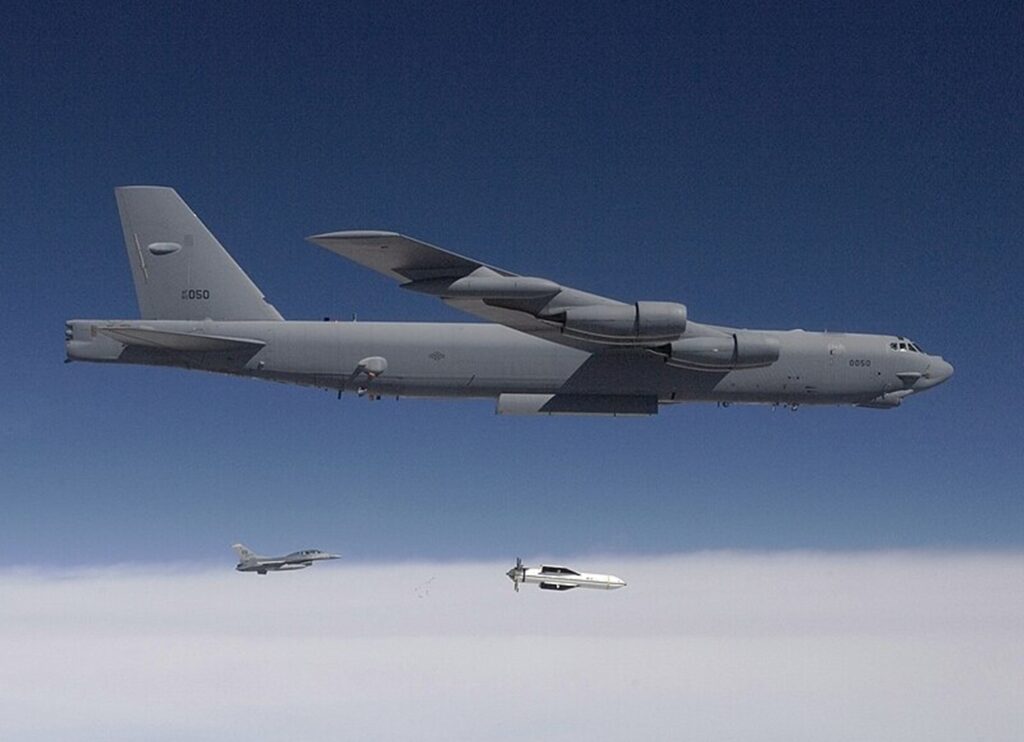
The name “bunker buster” is quite literal: it was created for the express purpose of destroying hardened bunkers deep underground. The bunker buster was a rush job like no other. Operation Desert Storm was raging and U.S. Intelligence had found what appeared to be Saddam Hussein’s command bunker, which was under hardened concrete and deep underground. In just 5 weeks, the GBU-18 was designed, tested, manufactured and deployed. On February 27, 1991, the U.S. Air Force flew two EF-111A aircraft over the bunker and each would drop one laser-guided GBU-28. The first missed but the second hit precisely on the top of the central building over the bunker, which may have been the elevator shaft. We see a small explosion, likely due to the impact of the bomb rather than its explosive charge. The next thing we see in the video (which has been viewed over 15 million times) is smoke pouring out of the vents. Saddam Hussein was not present. (He was found hiding in a much shallower, much smaller underground site). Iraq called for a ceasefire the next day.
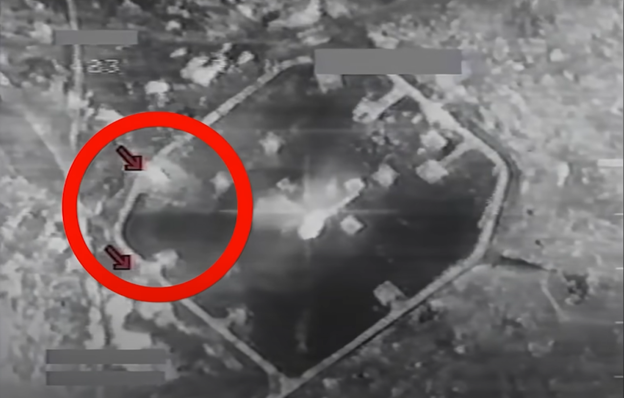
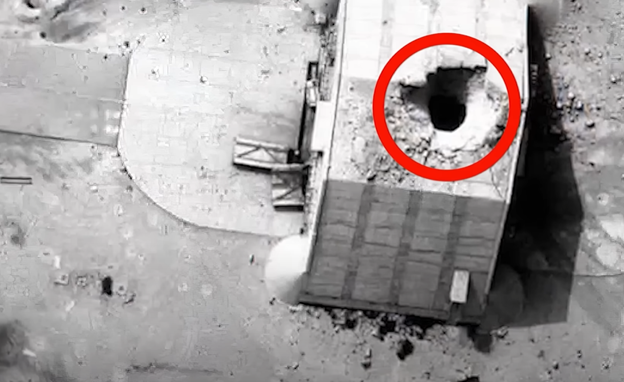
The GBU-28 was used again, this time launched from F-15s, against bunkers in Kosovo but without success, according to a Wikipedia account.
The U.S. became Interested in developing a bigger bunker buster in 2009 after potential enemies, notably Iran and North Korea, started to develop nuclear weapon programs under hardened and/or deep underground sites.
“The world is becoming a scary place,” said a U.S. official in 2009, reacting to nuclear sites being built deep underground beyond the reach of anything but a nuclear strike. The only non-nuclear answer? A bigger, faster bomb that will explode deep below the surface. Enter the Massive Ordnance Penetrator, or MOP, also known as the GBU-57, where G=guided, B=bomb, U=unit and 57 the model number. Letters (A, B, A/B) are revisions.
In April 2018, Israeli Prime Minister Benjamin Netanyahu revealed that Israeli intelligence had seized an enormous trove of documents from a warehouse in Tehran that confirmed, according to Israel, that the Fordow site was built for the express purpose of enriching uranium for an atomic bomb. The Pentagon awarded $52 million to defense contractors to produce the GBU-57 and retrofit the B-2 Spirit stealth bomber so each aircraft can carry two of them. The B-2 was originally designed to carry nuclear bombs and cruise missiles but was pressed into service since its size was able to accommodate the massive bombs and its stealth technology would make it practically undetectable by the radar around the heavily guarded site.
How Does it Work?
The GBU-57, is the latest and biggest bunker buster in the U.S. arsenal. Almost all information about it is classified, but here is what we have gathered.
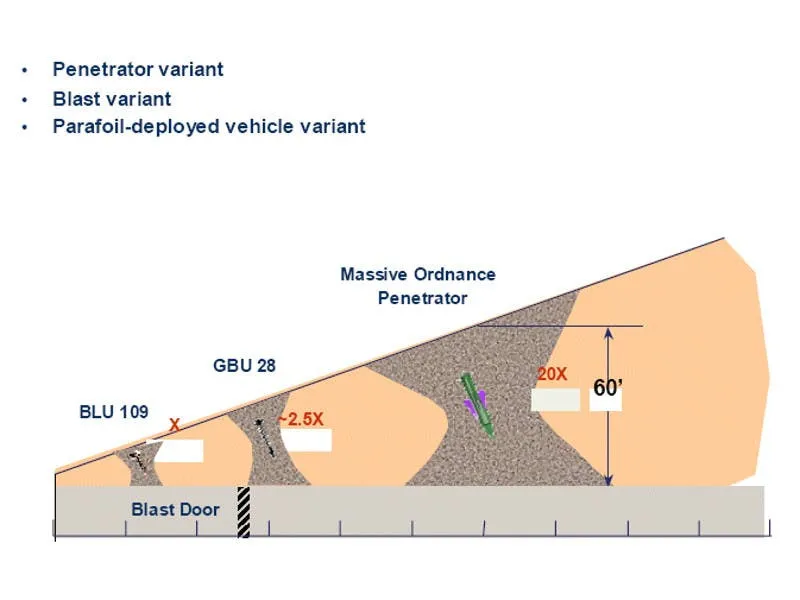
The GBU-57 is being widely reported as able to penetrate 60 m of hardened concrete. But others, like GlobalSecurtity.org say 60 m is likely a mistake, reading ft as m from the deepest penetrating variant of the bomb from the DoD diagram above.
The GBU-57 has yet to be proven in battle. But build a weapon and they will come to use it, as Israel has.
Conventional bombs explode upon impact or above ground, expending much of their destructive energy on the ground or in the air. However, the GB-57 has a delay fuse that does not detonate the warhead until the bomb is deep underground, maximizing its destruction of subterranean targets.
The GBU-57 relies on GPS and INS (inertial guidance systems) to be accurate to within 5 m (16 ft). Following a mostly ballistic trajectory, the GBU-57 gets a modicum of maneuverability from its unusual tail design. There are four grid fins that resemble those on a waffle maker more than a missile. The lattice structure on the grid fins helps to vector the airflow. Each grid fin can be individually swiveled.
The bunker buster achieves its penetration strictly by using gravity. It has no rocket power, yet, like the Tall Boy, it manages to attain supersonic speeds, according to the U.S. Air Force, which keeps its exact terminal speed a secret.
At supersonic speed, the GBU-57 would hit the ground with 800-900 megajoules of kinetic energy, according to the Scientific American. With all that energy concentrated into a sharp, hardened, high-strength steel (ferro-cobalt alloy, according to AiTelly) body. The strength of the steel keeps the entire mass intact as it disappears into its target. In videos of tests, we see bunker busters boring into the ground as if through butter and barely slowing down as they shoot through slabs of concrete. In one instance, a GBU-28 goes through several thick, stacked slabs of concrete, then one more a few feet away. All that concrete has only slowed it down. The dummy bomb (no explosives) was recovered intact a half mile away.
A fuse system, comprised of a g-force fuse and a timing fuse, ensures the explosion occurs after the GBU-57 has come to rest. Indeed, there is a noticeable delay as the ground heaves from the underground explosion.
Likelihood of Success
While the GBU-57 appears to be the best bomb for the job, we must keep in mind it has never been tested in battle and may never have been tested on material to be encountered at the Fordow site. Video of hits by bunker busters shows them punching through concrete slabs, leaving neat through holes with no significant cratering. Videos of bunker busters dropped on the ground show barely a hole, as most of the dirt falls back into the hole. What the GBU-57 will do after hitting solid rock at an oblique angle, how much debris falls back in or is blown out from the delayed explosion, are probably being calculated by military analysts as you read this.
Even if the depth of the hole can be reasonably estimated, the likelihood of the next bomb landing in the same hole is very small indeed. With no cratering, the next bomb would have to hit the same spot…
Does this sound familiar? You may be one of the millions who watched Top Gun: Maverick. Captain Pete “Maverick” Mitchell, played by Tom Cruise, has to bomb a heavily fortified uranium enrichment site (of an unidentified enemy) in a mountainous area in an unidentified country, striking a target area 3 m wide repeatedly with bombs.
Back to real life. That spot where the first bomb hit would at least be partially filled in. Hitting the same exact spot would require precise bomb drop timing and quick automatic adjustment of the tail fins as the bomb hurtles toward its target — and a tremendous amount of luck.
Even then, with the most conservative estimate of GBU-57 penetration at 60 ft and the maximum depth of the underground facilities at 300 ft, a lot of hard rock remains standing. The only chance of success with GBU-57s may be skies darkened by B-2s, each dropping 2 bombs, until the shock waves from them all collapse the tunnels and rooms of the Fordow site.
_______________
Sources
GBU-57/B Massive Ordnance Penetrator (MOP), GlobalSecurity.org
How a Bunker Buster Bomb Works, AiTelly YouTube channel, October 23, 2024
Why This Is the Only Bomb That Could Destroy Iran’s Nuclear Bunker—Under 300 Feet of Rock, Deni Ellis Bechard, June 18, 2025
